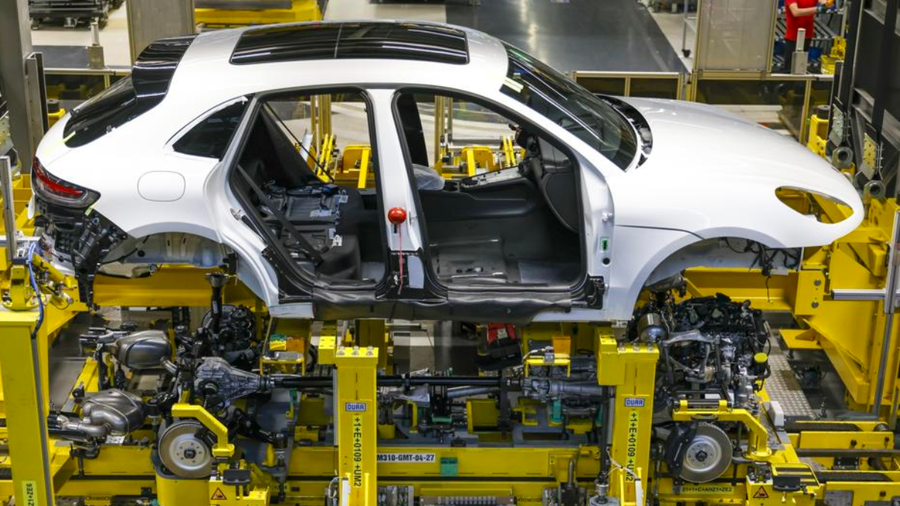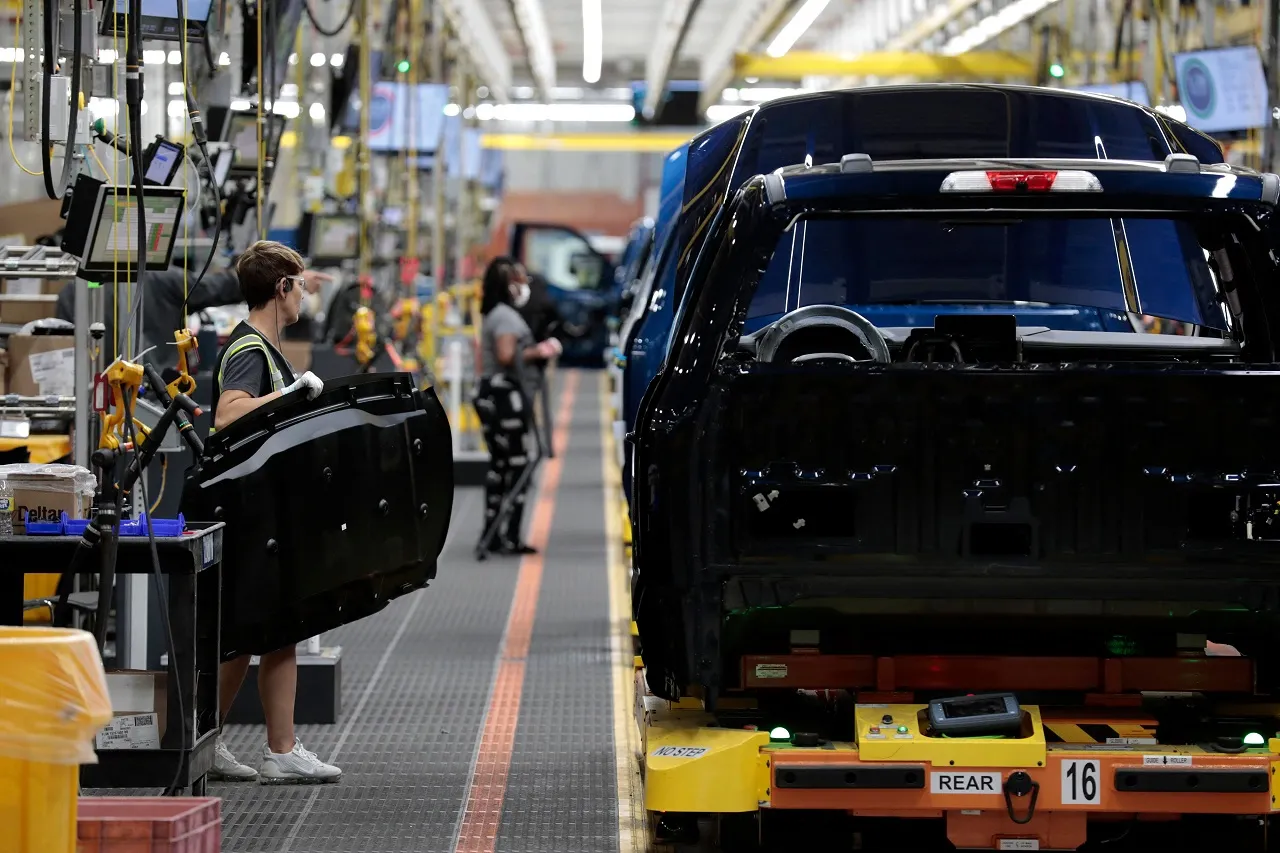In the highly competitive automotive industry, U.S. automakers face constant pressure to balance profitability with the need for innovation. While financial performance is crucial for any business, some critics argue that American car manufacturers prioritize short-term profits over long-term innovation.
This article look into the debate on whether U.S. automakers are focusing too much on profits at the expense of innovation, examining aspects such as research and development (R&D) investments, market trends, and the impact of shareholder expectations.
One of the primary indicators of an automaker’s commitment to innovation is its investment in research and development. While U.S. automakers do allocate significant funds to R&D, the proportion of their budgets dedicated to these activities may lag behind their international counterparts.
For example, leading companies like Tesla and foreign manufacturers such as Toyota and Volkswagen are known for their substantial R&D investments, which often result in groundbreaking technologies and advancements. In contrast, some U.S. automakers may prioritize cost-cutting measures and short-term profitability, potentially limiting their ability to stay ahead of the competition in terms of innovation.
Also Read: Kentucky Moves Forward with Autonomous Vehicle Law Amid Safety and Economic Concerns
Market trends also play a significant role in shaping the strategies of U.S. automakers. The demand for electric vehicles (EVs), autonomous driving technology, and connected car features is growing rapidly. While some American manufacturers have made strides in these areas, others have been slower to adopt new technologies.
This hesitation can be attributed to the high costs and risks associated with developing and implementing innovative solutions. As a result, some automakers may choose to focus on producing traditional internal combustion engine vehicles, which have a proven market and generate consistent profits.

Shareholder expectations and the pressure to deliver quarterly earnings can further influence the focus of U.S. automakers. Publicly traded companies must balance the interests of their investors with the need for long-term growth and innovation.
Shareholders often prioritize immediate financial returns, which can lead automakers to make decisions that favor short-term profits over bold investments in innovation. This pressure can hinder the development of new technologies and delay the introduction of groundbreaking products to the market.
However, it is essential to recognize that not all U.S. automakers are solely focused on profits. Some companies are actively pursuing innovative strategies to stay competitive in the rapidly evolving automotive world.
For instance, General Motors has committed to an all-electric future, with plans to launch a range of new EV models and invest heavily in battery technology. Similarly, Ford has made significant investments in autonomous driving technology and recently introduced its electric Mustang Mach-E.
These efforts demonstrate that American automakers are capable of prioritizing innovation while still maintaining profitability. Moreover, partnerships and collaborations with technology companies are becoming increasingly common in the automotive industry. U.S. automakers are leveraging these alliances to access cutting-edge technologies and accelerate their innovation efforts.
For example, Ford’s partnership with Google aims to enhance its connected vehicle services and develop new mobility solutions. Such collaborations can help automakers going through the challenges of balancing profits and innovation by combining their expertise with that of technology leaders.
Also Read: Why Are Car Companies Adding Useless Tech Instead of Lowering Prices?

